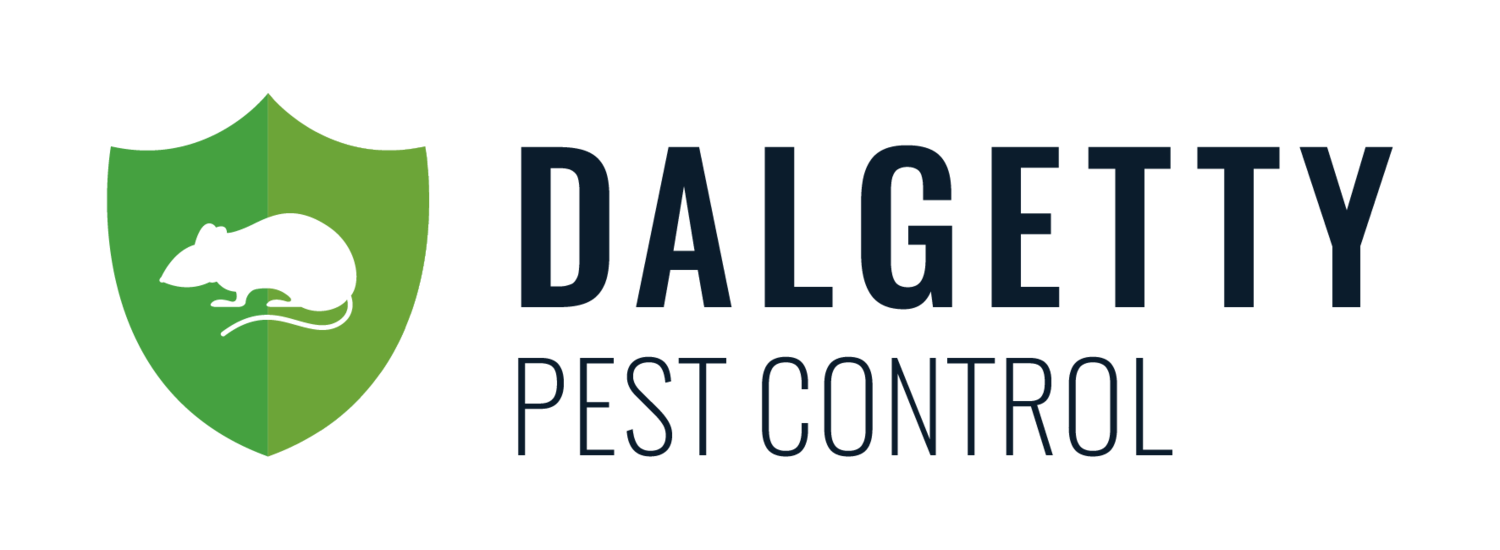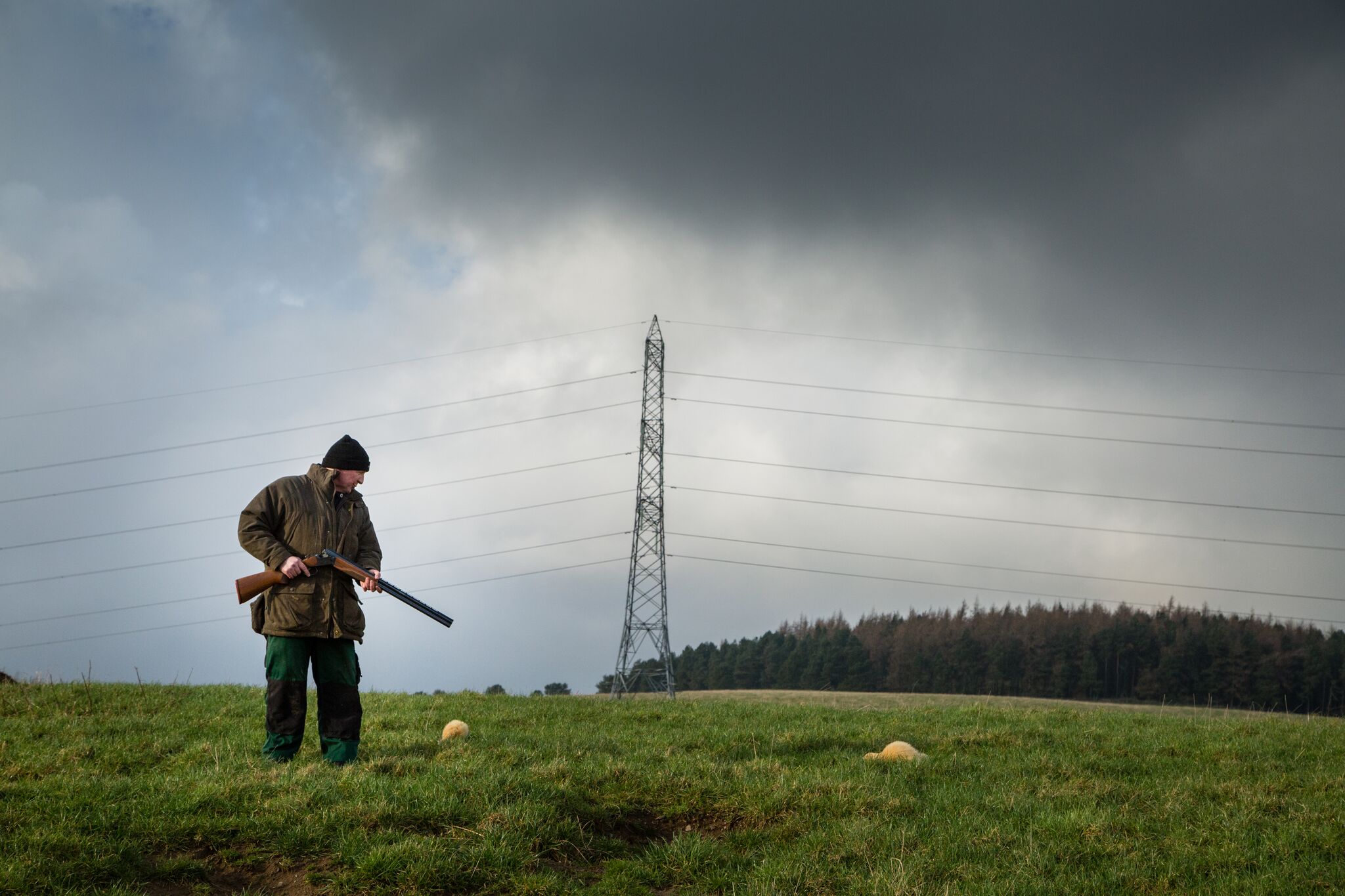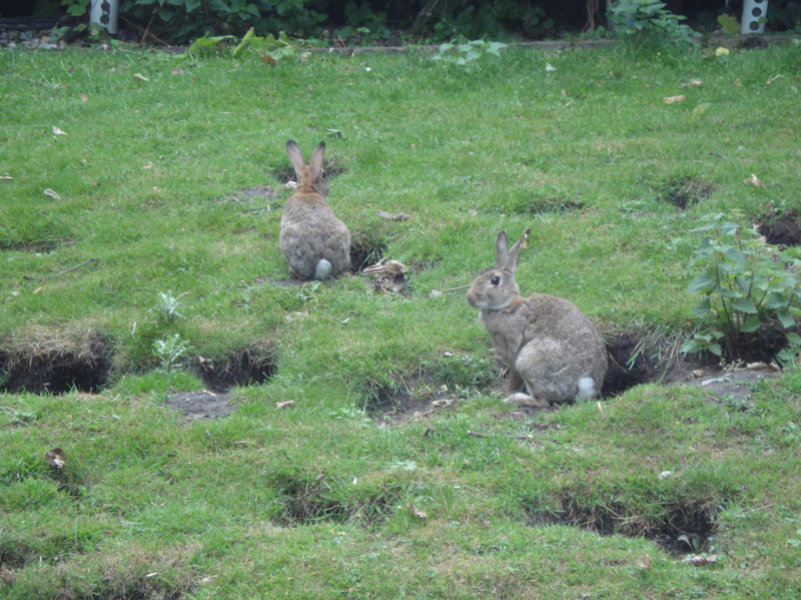WE'VE GOT YOU PROTECTED / 01561340308 / 07878889568 / david@dalgettypestcontrol.co.uk
Rabbits
The saying ‘breeding like rabbits’ came about for a reason, and its why they can cause such a problem when they have a chance to take hold.
One rabbit over the period of season can have up to 6 litters each producing up to 6 young, each of those young can then start to reproduce after they are 3 months old- try doing the maths on that one!
They may look cute and cuddly but these animals can strip your garden bare, destroy a season’s crop and ruin a manicured sporting ground such as a golf course or football pitch in the matter of weeks.
Their appetite for all kinds of fresh vegetation knows no limit, woody plants, perennials, annuals, vegetable and berries there’s not much they wont touch. Rabbit damage isn’t limited to their feeding habits, as their burrowing in golf courses, graveyards, farmlands and railway embankments can cause much disruption too.
After the Second World War, the population of wild rabbits in the UK was said to be around 100 million. The spread of Myxomotisis from France wiped out approximately 95% of those numbers and it was kept at a low level for a few decades with flare ups of the disease. However by 2004, numbers had crept back up to 40million due to the evolution of the disease resistant rabbit, and the lengthening of their mating season due to the warmer winters.
How can I get rid of my problem?
Restricting access to the problem area in question, is key to protecting your garden and business in future. Rabbit fencing should be 75cm high, with a turnout of 15cm towards the rabbit population and dug into the ground below.
In larger environments, such as farms or golf courses fencing it is not always practical or cost effective, as no sooner has the fencing been put in place but a hole is created giving access again. It also not the most attractive or secure solution for public areas such as sports fields or golf courses. In this situation a management program is your best option allowing you to control the population, with the least amount of impact to the surrounding environment, people and non-target animals.
Treatments undertaken depend on the habitat, time of year and surrounding environment involved. It is important to us that we use the most humane solution while providing the most effective results, the methods we use include; nets, trapping, ferreting, gasingand shooting. We are discreet and can offer a night time service if required, this is particularly popular with our clients who have an area highly populated by the public.


